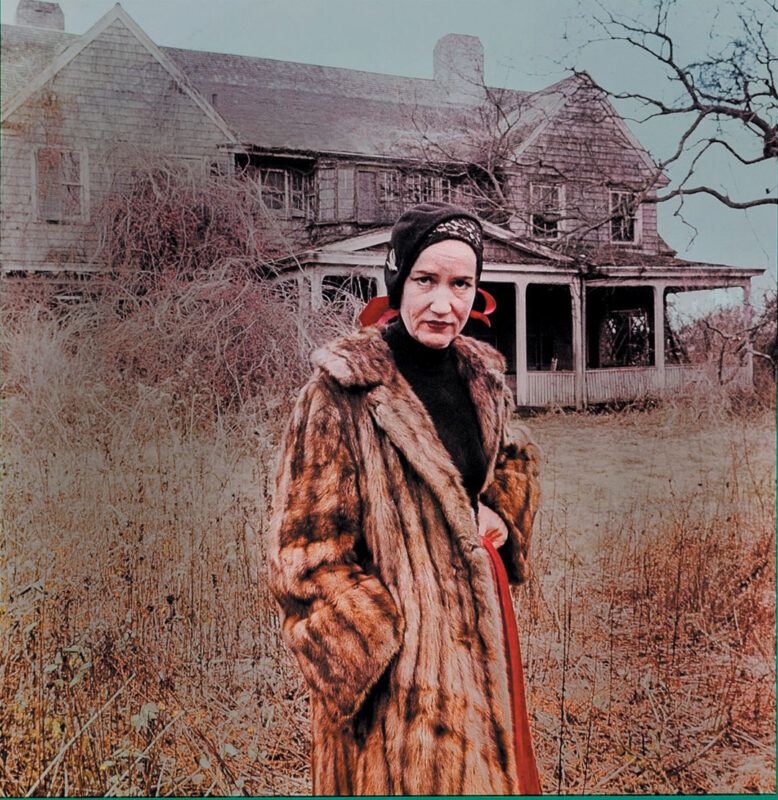Here’s the complete story of Grey Gardens:
Once Upon a Time in the Hamptons
Grey Gardens began as a grand estate occupied by Edith Bouvier Beale (“Big Edie”) and her daughter, Edith Bouvier Beale (“Little Edie”). They were aunt and first cousin to Jacqueline Kennedy Onassis, but their lives took a very different path.
The Decline
Big Edie’s wealthy stockbroker husband, Phelan Beale, passed away in the 1950s. With his financial support gone, the upkeep of the mansion became impossible. The house and gardens fell into disrepair as the Ediths lived in increasingly eccentric and isolated conditions.
Cats and Cameras
By the 1970s, Grey Gardens was in a dilapidated state. The Ediths shared the space with a large number of feral cats, adding to the property’s decline. This period of their lives was captured in the iconic 1976 documentary, “Grey Gardens,” which brought their story to public attention.
Forced Clean-Up and New Owners
The documentary exposed the Ediths’ precarious living situation, and health officials were forced to intervene. The house was deemed unfit for habitation, and the Ediths were required to make repairs and improvements. Faced with financial difficulties, Little Edie eventually sold the house in 1979 to Ben Bradlee and Sally Quinn.

Restoration and Resale
The new owners, Bradlee and Quinn, undertook a significant restoration project, saving the house from demolition. They lived in the restored Grey Gardens for many years before selling it in 2017.
Grey Gardens Today
Fashion designer Liz Lange purchased the estate in 2017 and has overseen another extensive restoration, aiming to preserve its history while incorporating modern amenities.
The Enduring Legacy
Grey Gardens continues to capture the public imagination. The story of the Beales is a cautionary tale of wealth lost, isolation, and the passage of time. The house itself stands as a testament to both grandeur and decay, a reminder of a bygone era.

